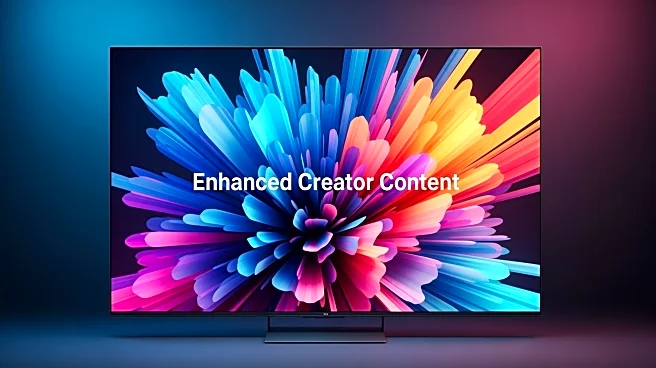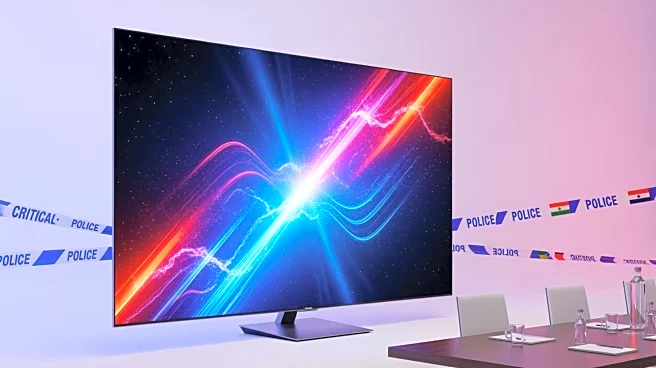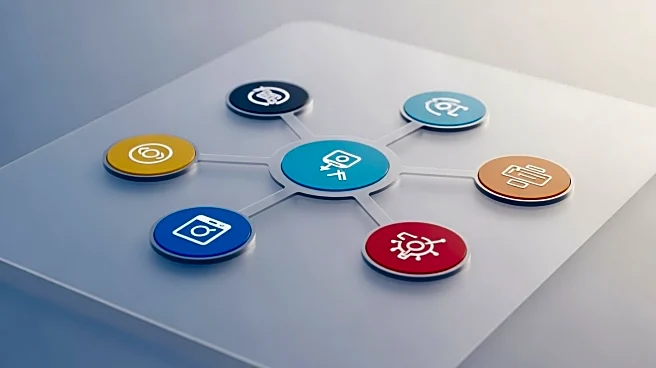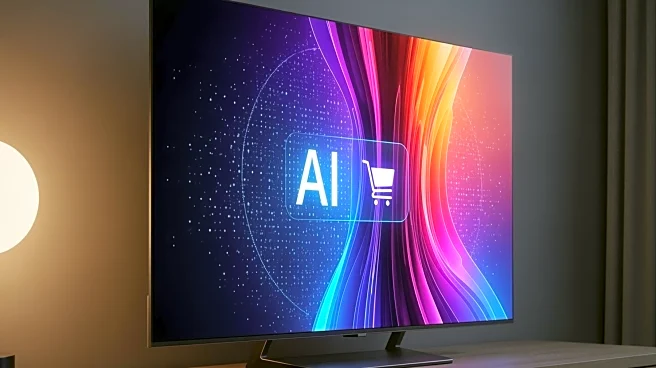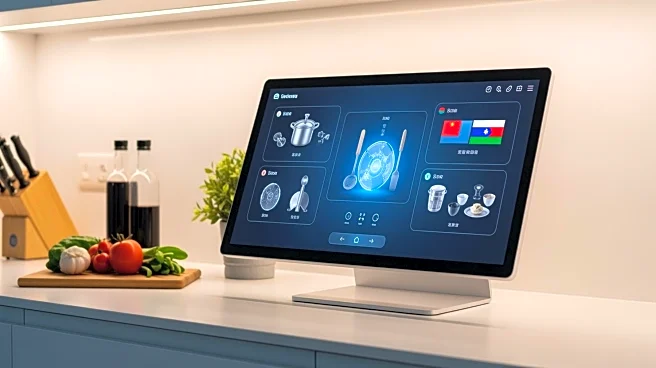What's Happening?
YouTube has announced the launch of five new features aimed at improving the viewing experience on television screens. These updates are designed to enhance the visual quality of videos, improve content
discovery, and integrate shopping capabilities directly from the TV. The platform is expanding thumbnail file limits to 50MB, allowing for high-resolution 4K thumbnails, and introducing AI-powered video upscaling to enhance video quality from standard definition to HD and potentially 4K. Additionally, YouTube is redesigning its browsing interface to offer immersive previews and improved contextual search, making it easier for viewers to find and engage with content. The platform is also testing shopping features that allow viewers to scan QR codes to purchase products featured in videos.
Why It's Important?
These updates signify YouTube's commitment to adapting to changing viewing habits as more users shift from mobile devices to larger TV screens. By enhancing the visual quality and discovery features, YouTube aims to provide a more engaging and seamless experience for viewers, which could lead to increased viewer retention and satisfaction. The integration of shopping features directly into the TV viewing experience represents a significant step in merging content consumption with e-commerce, potentially opening new revenue streams for creators and advertisers. This move could also influence how other streaming platforms approach content monetization and user engagement.
What's Next?
As YouTube continues to roll out these features, creators and advertisers will likely explore new strategies to leverage the enhanced capabilities for audience engagement and monetization. The platform's focus on improving the TV viewing experience may prompt other streaming services to introduce similar features to remain competitive. Additionally, YouTube's ongoing development of AI-driven enhancements suggests that further innovations in video quality and interactivity could be on the horizon, potentially reshaping the landscape of digital content consumption.
